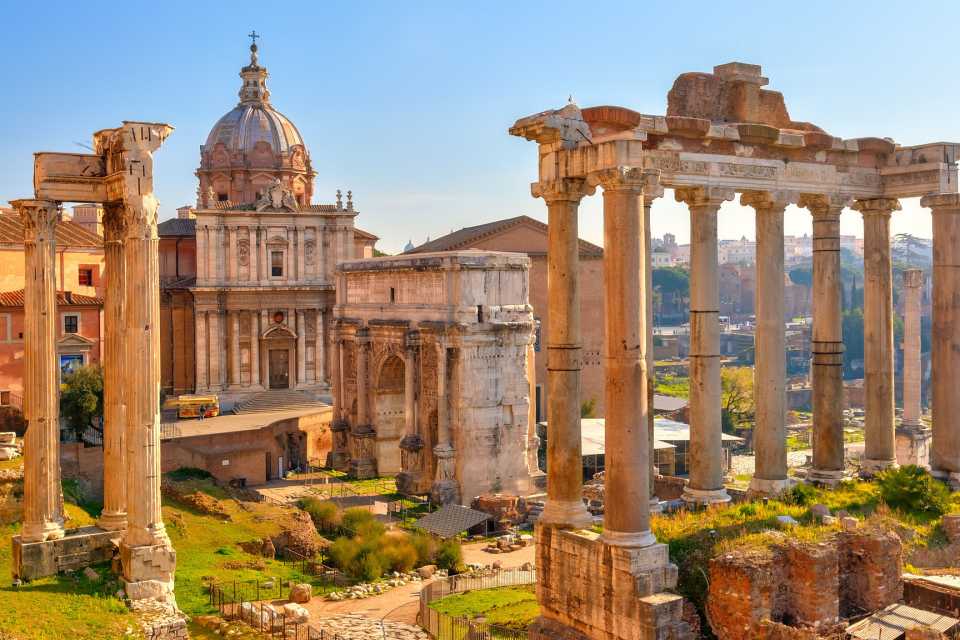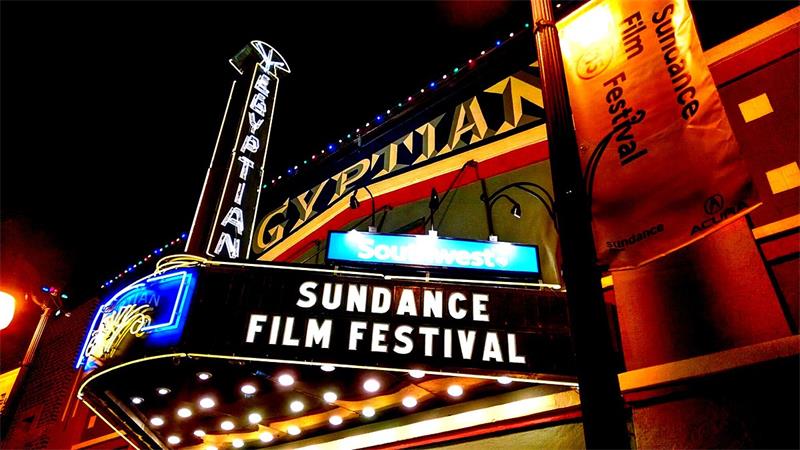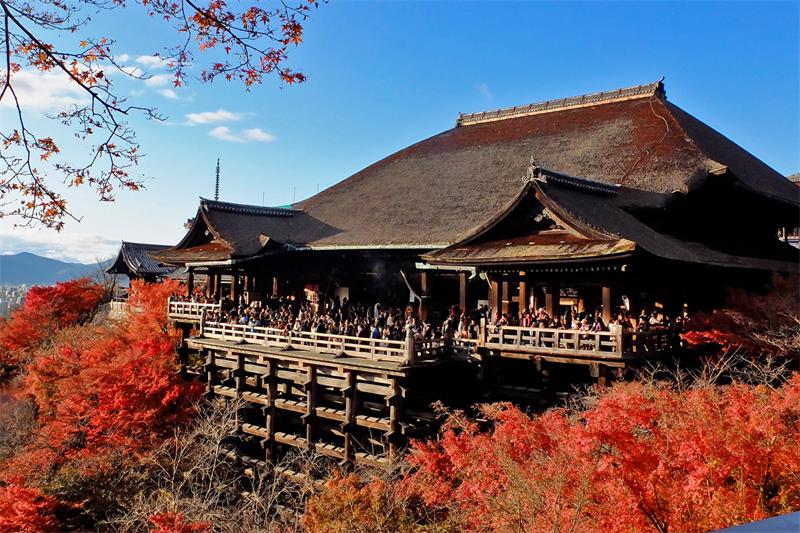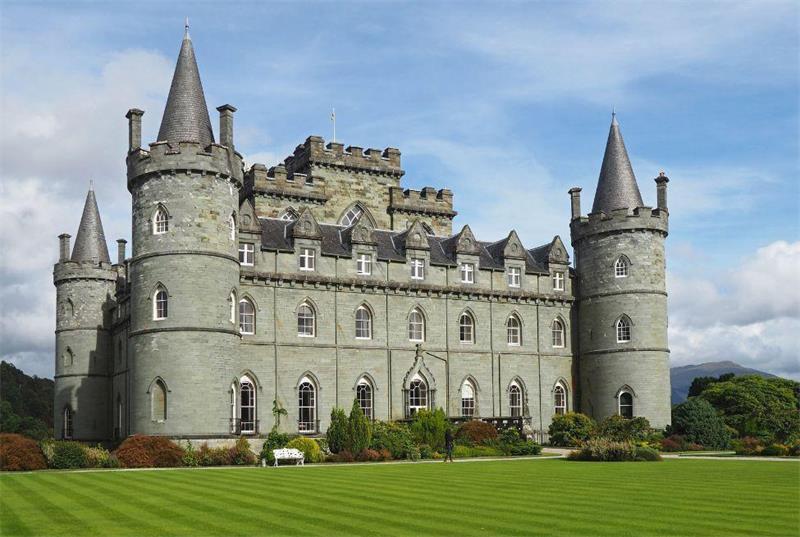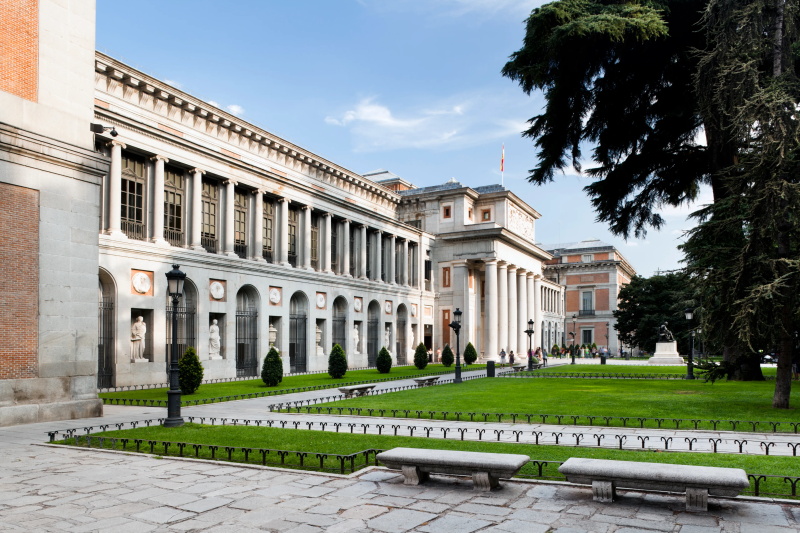Contents
Rome is a city that needs no introduction. It is a place steeped in history and culture, with an abundance of ancient ruins, stunning art, and delicious cuisine. This city has been the center of the world for thousands of years, and it is home to some of the most iconic landmarks in the world, such as the Colosseum, the Pantheon, and the Trevi Fountain. If you’re planning a trip to Rome, there is no shortage of things to see and do, and this article will guide you through some of the city’s most important historical and cultural sites.
History of Rome
Rome is one of the oldest continuously inhabited cities in Europe, with a history dating back more than 2,500 years. According to legend, the city was founded by the twin brothers Romulus and Remus in 753 BC, on the banks of the Tiber River. The city grew rapidly, becoming the capital of the Roman Republic in 509 BC, and later the Roman Empire in 27 BC.
During the Roman Republic, Rome became a powerful city-state, with a complex system of government and a strong military. The city was also a center of culture and education, with philosophers, poets, and writers such as Cicero, Virgil, and Ovid.
During the Roman Empire, Rome became the center of an enormous empire that stretched from Spain to the Middle East. The city grew even larger, with monumental buildings such as the Colosseum and the Pantheon being constructed during this time. The Roman Empire lasted until the 5th century AD, when it was invaded and ultimately fell to barbarian tribes.
After the fall of the Roman Empire, Rome went through a period of decline, with the city becoming a center of conflict and turmoil. However, in the 16th century, Rome experienced a rebirth with the Renaissance, and many of the city’s most iconic buildings and works of art were created during this time.
Today, Rome is one of the most visited cities in the world, with millions of tourists flocking to the city each year to experience its rich history and culture.
Colosseum
No trip to Rome would be complete without a visit to the Colosseum. This iconic amphitheater, originally known as the Flavian Amphitheater, was built in the 1st century AD and is one of the most recognizable landmarks in Rome. The Colosseum was used for gladiatorial contests and other public spectacles, and it could hold up to 50,000 spectators.
Today, visitors can tour the Colosseum and learn about its history and construction. You can also explore the underground chambers where gladiators and animals were kept before the games, and see the arena where the contests took place.
Pantheon
The Pantheon is another iconic landmark in Rome, and it is considered one of the best-preserved ancient buildings in the world. Originally built as a temple to all the gods in the 2nd century AD, the Pantheon was later converted into a Christian church in the 7th century.
The most impressive feature of the Pantheon is its dome, which is made of concrete and is over 43 meters in diameter. The dome is open at the top, allowing natural light to filter in, and it is an engineering marvel that has inspired architects for centuries.
Visitors to the Pantheon can also see the tombs of several important figures, including the artist Raphael and the first king of Italy, Vittorio Emanuele II.
Roman Forum
The Roman Forum was the center of political and social life in ancient Rome, and it is a fascinating place to explore. The Forum was the site of many important events, including speeches by Julius Caesar and Mark Antony.
Today, visitors can walk among the ruins of the Forum and see the remains of temples, basilicas, and other important buildings. You can also see the Arch of Titus, which celebrates the Roman victory over Jerusalem in AD 70.
Capitoline Museums
The Capitoline Museums are a group of museums located on the Capitoline Hill, one of the seven hills of Rome. The museums are home to a wide range of art and artifacts from ancient Rome, including sculptures, paintings, and jewelry.
One of the most famous pieces in the Capitoline Museums is the She-Wolf statue, which is believed to date back to the 5th century BC. The statue depicts a she-wolf nursing Romulus and Remus, the legendary founders of Rome. Visitors can also see the equestrian statue of Marcus Aurelius, which is one of the few surviving bronze sculptures from ancient Rome.
Vatican City
Vatican City is an independent city-state located within Rome, and it is home to some of the most important religious and cultural sites in the world. The Vatican Museums are a must-visit for anyone interested in art and history, as they are home to an enormous collection of paintings, sculptures, and other artifacts.
One of the most famous works in the Vatican Museums is the Sistine Chapel, which features a stunning ceiling painted by Michelangelo in the 16th century. Visitors can also see the Basilica of St. Peter, which is the largest church in the world and is believed to be built on the site where St. Peter was buried.
Piazza Navona
Piazza Navona is one of the most beautiful and lively squares in Rome, and it is a popular spot for tourists and locals alike. The square is surrounded by stunning Baroque buildings, including the famous Fountain of the Four Rivers, which was designed by Bernini in the 17th century.
Visitors to Piazza Navona can enjoy street performers, artists, and musicians, and there are plenty of cafes and restaurants where you can relax and soak up the atmosphere. The square is particularly beautiful at night, when the buildings and fountains are lit up, creating a magical atmosphere.
Trevi Fountain
The Trevi Fountain is another iconic landmark in Rome, and it is one of the most famous fountains in the world. Built-in the 18th century, the fountain features a stunning Baroque design, with sculptures of sea creatures and mythological figures.
According to tradition, if you throw a coin into the fountain with your right hand over your left shoulder, you will ensure your return to Rome. The fountain is always crowded with tourists, but it is worth fighting the crowds to see this beautiful work of art.
Villa Borghese
Villa Borghese is a beautiful park located in the heart of Rome, and it is home to several important museums and galleries. The park is also an important cultural center, with concerts, plays, and other performances taking place throughout the year.
The most famous museum in Villa Borghese is the Galleria Borghese, which is home to an impressive collection of Renaissance and Baroque art. Visitors can see works by Caravaggio, Bernini, and Raphael, among others, and the museum is a must-visit for anyone interested in art and culture.
Appian Way
The Appian Way is an ancient road that connected Rome to the southern parts of Italy, and it is one of the oldest and most important roads in the world. The road was built in the 4th century BC, and it was used for military purposes, as well as for trade and transportation.
Today, visitors can explore the Appian Way and see many ancient ruins and tombs along the road. You can also visit the Catacombs of San Callisto, which are underground burial chambers used by early Christians.
Other Sites to Visit
While the sites mentioned above are some of the most famous and important historical and cultural sites in Rome, there are many other places to explore in this beautiful city. Here are a few more recommendations:
- The Spanish Steps: This beautiful staircase was built in the 18th century and is a popular spot for tourists and locals alike. The steps lead up to the Trinita dei Monti church, which offers stunning views over the city.
- The Trevi Market: This bustling market is a great place to experience the local culture and cuisine. You can find fresh produce, meats, and cheeses, as well as clothing and other goods.
- The Jewish Ghetto: The Jewish Ghetto is one of the oldest Jewish neighborhoods in Europe, and it is home to several important historical and cultural sites, including the Great Synagogue of Rome.
- The Palatine Hill: The Palatine Hill is one of the seven hills of Rome, and it is believed to be the site where Romulus founded the city. Visitors can explore the ruins of the imperial palaces and see stunning views over the city.
Conclusion
Rome is a city that offers something for everyone. Whether you are interested in history, art, or culture, there is no shortage of sites to explore and discover in this beautiful city. From iconic landmarks like the Colosseum and the Pantheon to lesser-known sites like the Appian Way and the Trevi Market, Rome has an abundance of treasures waiting to be discovered.
Visiting Rome is like traveling back in time, with ancient ruins and monuments scattered throughout the city. But Rome is also a vibrant and modern city, with a thriving art scene, a lively culinary culture, and plenty of opportunities to experience the local way of life.
If you are planning a trip to Rome, make sure to leave plenty of time to explore all that this amazing city has to offer. With so much history and culture to discover, you’ll never run out of things to see and do in Rome.

